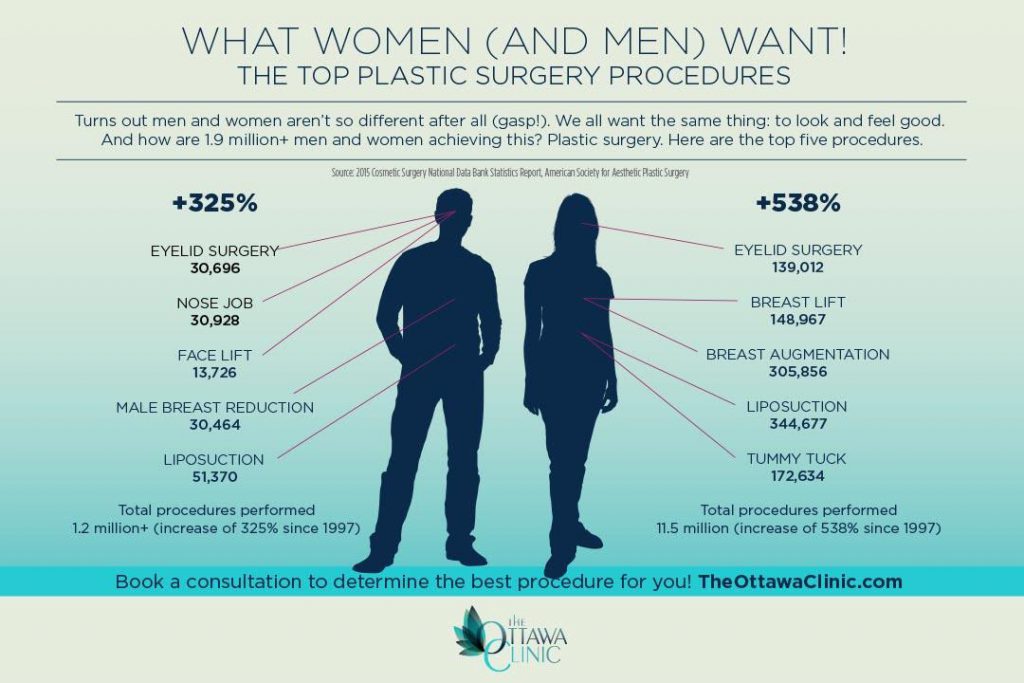Prescription Options For Severe Acne
Prescription Options For Severe Acne
Blog Article
Root causes of Acne on Cheeks
Acne outbreaks in the cheek area are caused by numerous points, from touching your face often to not transforming your pillow case typically sufficient. Picking at blemishes boosts your risk of infection and scarring, and particular medications can get worse dark spots (postinflammatory hyperpigmentation).
Luckily, there are many methods to prevent and deal with cheek acne. These include:
1. Hormone Modifications
Acne is largely brought on by hormones, particularly those produced during adolescence and maternity. For some, a family history of acne may likewise add to their problem. Anything that obstructs pores, such as oil-based skin treatment items or ceraceous hair items, can trigger acne. Various topical treatments, like benzoyl peroxide and salicylic acid, can fight germs and unblock pores. Those with serious or chronic acne ought to seek treatment from their physician.
Prevent touching or pressing your acne, as this can push a few of the germs deeper right into the skin, causing a much more serious breakout. It is likewise essential to alter pillow cases regularly and make use of clean makeup brushes. You must additionally try to avoid irritants such as friction from wearing a safety helmet or tight collar.
2. Diet
The greasy, sugary foods that many people think trigger acne might in fact refrain so. Actually, studies have shown that consuming a diet regimen abundant in entire, nutrient-dense foods assists to avoid outbreaks.
Foods high in the glycemic index (such as white bread, corn flakes, blew rice and potatoes, doughnuts and various other breads) elevate blood sugar level degrees swiftly, and this can boost hormonal agents that increase oil production and lead to acne.
Consuming alcohol cow's milk has actually likewise been linked to raised acne outbreaks. If you are a routine cow's milk drinker, you could wish to try changing to low-fat or nondairy options that are strengthened with calcium. On top of that, consuming more water can aid to lower acne due to the fact that it assists to keep the skin hydrated.
3. Excess Oil
While oil is important for healthy skin, it can become a problem when way too much sebum combines with dead skin cells and blocks pores. This combination can create blackheads, whiteheads and acnes. The blocked pore wall can break down and spill microorganisms, dead skin cells and sebum into bordering skin. This leads to a red bump known as an acne. Often these red bumps have pus in the center from a microbial infection. Larger contaminated bumps that appear like acne are called cysts.
There are many points that can cause excess sebum and clogged up pores, including hormonal agent changes, diet and day-to-day practices. Some instances include touching the face regularly, relaxing your hand on your cheek, making use of unclean makeup brushes and not changing pillow cases on a regular basis.
4. Stress
If you're managing throbbing acnes or a slew of blackheads and whiteheads, it might be time to speak with a skin doctor. They can suggest an effective therapy that suits your skin kind. Exercising relaxation and stress-reduction techniques additionally helps.
Acne can happen in the cheeks due to rubbing and stress, such as when a person touches their face regularly or uses a hat or sporting activities helmet that scrubs versus the skin. It can also appear where oily cosmetics and lotions scrub versus the skin.
Avoid pressing acne, as this can push contaminated product deeper into the skin and cause scarring. Rather, see a doctor to discover preventative therapies like medication, skin care items and lifestyle changes. Eating a healthy and balanced diet of whole foods, obtaining 7 to 9 hours of sleep and utilizing noncomedogenic make-up and skin care items can all help reduce acne breakouts.
5. Hair Products
Hair items are not typically considered a root cause of outbreaks, yet they can contribute to acne on the cheeks in botox fillers near me some individuals. Pomade acne, which is identified by tiny closed comedones and papulopustules, is commonly triggered by using oily hair items which contain comedogenic ingredients such as certain oils and acetylated lanolin.
Selecting hair products that do not have these possibly comedogenic active ingredients is an important step toward reducing breakouts. Additionally, ensuring that hair products aren't coming in contact with the skin can assist stop outbreaks. For instance, using a headscarf or hood during the night can restrict hair-to-face call and reduce the likelihood that leave-in hair items will certainly rub off onto the face.
Along with utilizing a non-comedogenic moisturizer and cleaning with an acne face laundry, other helpful methods include: